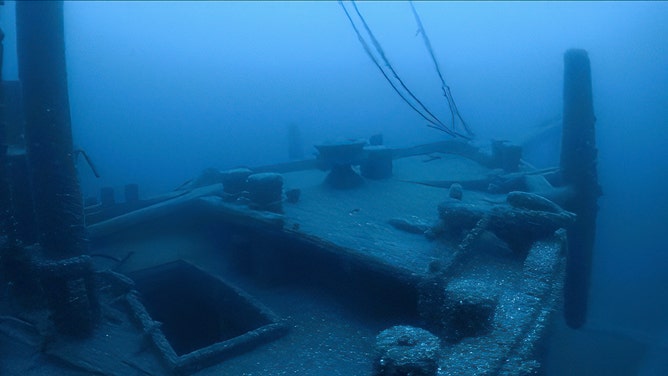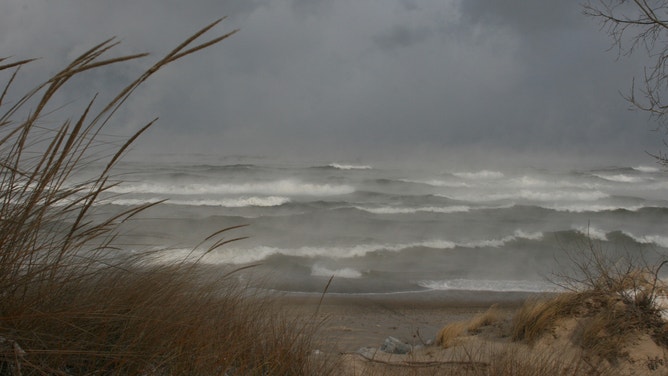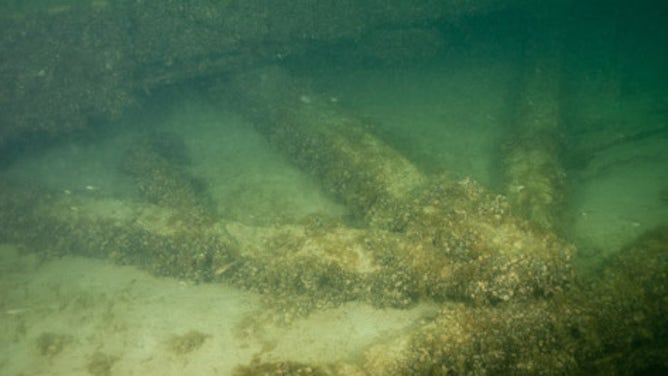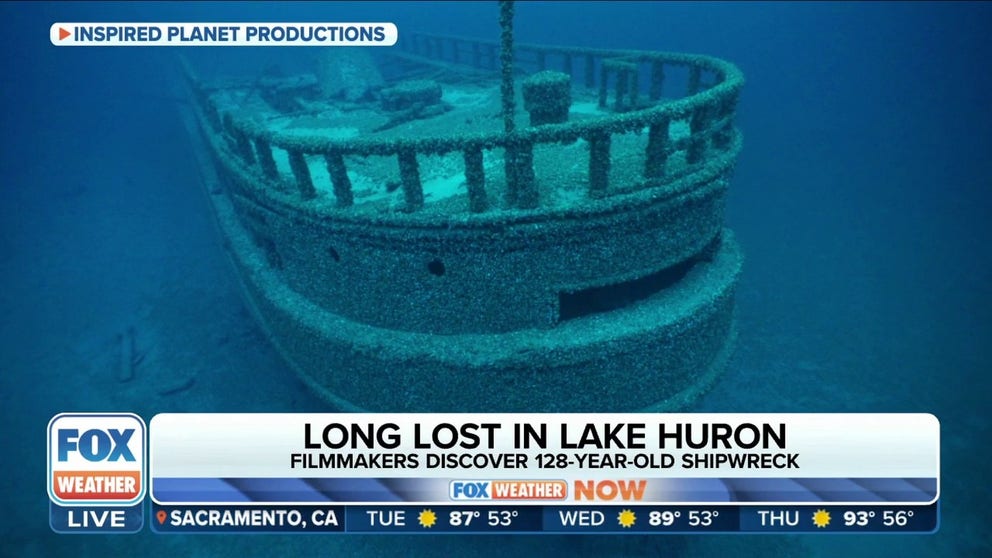How weather turned the Great Lakes into a shipwreck graveyard
Thousands of shipwrecks sit at the bottom of the Great Lakes. Lake Michigan alone is the resting place for an estimated 6,000 shipwrecks, according to Indiana Dunes National Park.
FILE: Filmmakers accidently find 128-year-old shipwreck in Great Lakes
Two documentarians, filming a story on invasive mussels clogging the Great Lakes found something much bigger. The Africa, a ship not seen for 128 years has been sitting on the floor of Lake Huron. Watch the discovery.
Fall and winter have historically been some of the most dangerous times of the year for crews traveling on the Great Lakes.
Thousands of shipwrecks sit at the bottom of the Great Lakes. Lake Michigan alone is the resting place for an estimated 6,000 shipwrecks, according to Indiana Dunes National Park, which sits along the southern point of Lake Michigan.
Many ships can be found on the lake beds largely because the Great Lakes had been a maritime highway for centuries.

Ironton rests hundreds of feet below the surface with its three masts standing and rigging attached to the spars, and is magnificently preserved by the cold freshwater of Lake Huron.
(NOAA / Undersea Vehicles Program UNCW / FOX Weather)
"Most of the shipwrecks go back to the late 1800s or early 1900s when there was a lot more shipping going on the Great Lakes," said Bruce Rowe, park ranger at Indiana Dunes National Park. "There's still quite a bit now, but there were thousands of ships or at least thousands of journeys by ships on the Great Lakes back then."
HOW A 128-YEAR-OLD GREAT LAKES SHIPWRECK WAS FOUND THANKS TO AN INVASIVE ANIMAL
However, a number of these ships met their end at the bottom of the lake beds due to the inclement weather that would form over the lakes.
In the case of Lake Michigan, Rowe noted how strong northerly or northwesterly winds would move over the 300-mile stretch of the lake from north to south, building large waves as they moved down the lake. The strongest winds tend to occur starting in the fall and last through about March.

Winter waves at Lake View at Indiana Dunes National Park.
(Indiana Dunes National Park / FOX Weather)
"What would happen is ships would get caught in sudden storms, especially before the days of good weather forecasting," Rowe said. "On their way, as they were getting closer to where they were going, they would get grounded up against either the shoreline or perhaps a sandbar."
He noted how the ships would be put up against rocks and then be pounded apart by the waves against the sandbar or shoreline. This would lead the ships to become swamped and ultimately sink.
WRECKAGE OF 2 BOATS THAT SANK DURING TERRIBLE STORM 100 YEARS AGO DISCOVERED IN LAKE SUPERIOR
Other ships ended up being capsized during severe weather. For example, the train car ferry known as Car Ferry No. 2 capsized during a storm in the fall of 1906, according to the Indiana Department of National Resources.

A portion of the sunken Car Ferry No. 2.
(Indiana Department of National Resources / FOX Weather)
For a virtual tour of the shipwrecked Car Ferry No. 2 and other ships at the bottom of Lake Michigan, check them out here.
